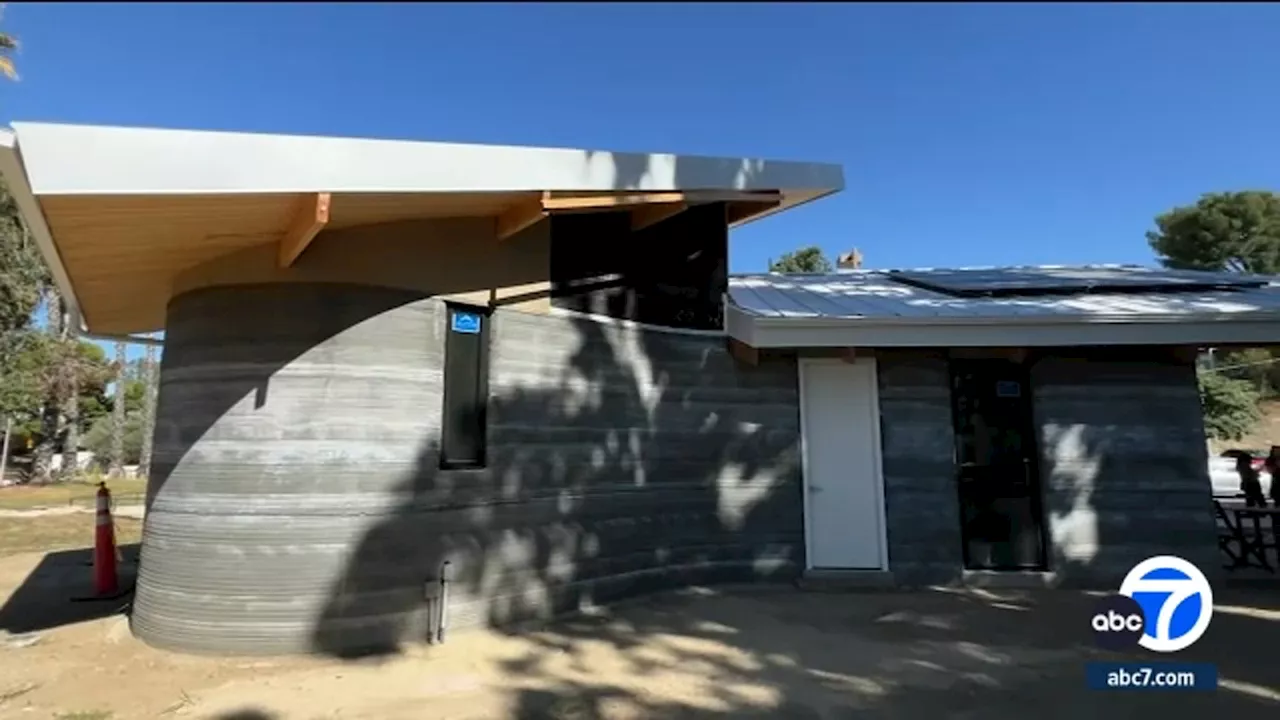Researchers have developed a cell-friendly means of bioprinting at high fidelity. By successive injection of a cell-based ink and a printing support, the ink solidified into defined geometries, even into the shape of a human nose. Printed cells remained viable for at least two weeks.
This work is an important milestone toward developing lab-grown tissues and organs, and eventually advancing regenerative medicine as well as animal-free drug safety testing.What if organ damage could be repaired by simply growing a new organ in the lab? Improving researchers' ability to print live cells on demand into geometrically well-defined, soft complex 3D architectures is essential to such work, as well as for animal-free toxicological testing.
"In our approach, a 3D printer alternately dispenses the cell-containing ink and a printing support," explains Takashi Kotani, lead author of the study."The interesting point is that the support also plays a role in facilitating the solidification of the ink. All that's necessary for ink solidification is in the support, and after removing the support, the geometry of the soft printed cell structures remains intact.
"We largely retain mouse fibroblast cell geometry and growth, and the cells remain viable for at least two weeks," says Shinji Sakai, senior author."These cells also adhere to and proliferate on our constructs, which highlights our work's potential in tissue engineering." Research into 3D bioprinting has grown rapidly in recent years as scientists seek to re-create the structure and function of complex biological systems from human tissues to entire organs. ...
United States Latest News, United States Headlines
Similar News:You can also read news stories similar to this one that we have collected from other news sources.
 College students create 3D printed home that took only 15 months to build for $250,000This 3D printed home took only 15 months to build from start to finish with a price tag of $250,000. This affordable housing solution is the work of a team of local college students.
College students create 3D printed home that took only 15 months to build for $250,000This 3D printed home took only 15 months to build from start to finish with a price tag of $250,000. This affordable housing solution is the work of a team of local college students.
Read more »
 Settlement reached in Colorado Department of Corrections “dry cell” suitThe agency settled for $500,000 and agreed to policy changes regarding contraband investigations, the law firm representing the inmate, Zackariah Jones, announced Tuesday.
Settlement reached in Colorado Department of Corrections “dry cell” suitThe agency settled for $500,000 and agreed to policy changes regarding contraband investigations, the law firm representing the inmate, Zackariah Jones, announced Tuesday.
Read more »
 Unlocking the secrets of cell behavior on soft substrates: A paradigm shift in mechanobiologyA research group has developed a new method for studying how cancer cells function in softer and stiffer tissue environments. This insight challenges the existing paradigm, opening up new possibilities for research in cancer biology and tissue engineering.
Unlocking the secrets of cell behavior on soft substrates: A paradigm shift in mechanobiologyA research group has developed a new method for studying how cancer cells function in softer and stiffer tissue environments. This insight challenges the existing paradigm, opening up new possibilities for research in cancer biology and tissue engineering.
Read more »
 Sickle Cell Disease GuideThis is a slideshow about sickle cell disease. It’s an inherited blood disorder that leads to a shortage of red blood cells. It can cause severe pain and raise your risk of infections and stroke.
Sickle Cell Disease GuideThis is a slideshow about sickle cell disease. It’s an inherited blood disorder that leads to a shortage of red blood cells. It can cause severe pain and raise your risk of infections and stroke.
Read more »
 Decoding Humanity: The 3,000+ Brain Cell Types Revealing Our SecretsScience, Space and Technology News 2023
Decoding Humanity: The 3,000+ Brain Cell Types Revealing Our SecretsScience, Space and Technology News 2023
Read more »
 Team finds a stem-cell derived mechanism that could lead to regenerative therapies for heart damageA team has identified an essential internal control mechanism that can promote the maturation of human stem cell-derived heart muscle cells, possibly leading to new therapies for heart disease and cardiac damage.
Team finds a stem-cell derived mechanism that could lead to regenerative therapies for heart damageA team has identified an essential internal control mechanism that can promote the maturation of human stem cell-derived heart muscle cells, possibly leading to new therapies for heart disease and cardiac damage.
Read more »
